yellow crust on lips
Cleveland Clinic Menu Impetigo Overview What is the impetigo? Impetigo (im-pa-TIE-go) is a spicy skin infection, sometimes painful. Who gets impetuous? Impetigo usually occurs with children between 2 and 6 years old. Older children and adults can also get it. You may also be at greater risk if: How do you get imprinted? When you get a cut, bite or scratch that opens the skin, bacteria can enter and cause an impetigo infection. But the impetigo can infect the skin even if it is not broken or punctured. Impetigo occurs more often in warmer months when children are out more. Where is the impetigo? Typically, the first signs of the impetigo are sores and blisters in the mouth and nose. The impetigo can also appear on the legs and arms. What is the impetigo bull? The impetigo bull is a rare kind of impetigo. It has bigger blisters that don't open so easily. It often appears on the neck, torso, armpits or groin. How common is the impetigo? Impetigo is the most common infection of the skin in children aged 2 to 5. It happens much less in adults. Every year, Staphylococcus aureus, the bacteria that causes impetigo, causes 11 million skin infections and soft tissue. Symptoms and Causes What causes the impetigo? The main cause of the impetigo is a bacterial infection. The bacteria usually enters the skin through a cut, scraped, rash, or insect bite. Most of the time, the cause is the bacterium Staphylococcus aureus ("estadofa"). Sometimes, the A Streptococcus bacteria can cause it. This type of bacteria also leads to streptococcal throat and fever. Certain strains of streptocotic bacteria that cause impetigo can also cause glomerulonephritis. This inflammatory kidney disease can cause high blood pressure and blood in the urine. Is the impetigo contagious? Impetigo is mild but highly contagious. You can spread the impetigo by contacting the sores or mucus or nasal discharge from someone who has it. People can also spread impetigo by sharing items such as towels, clothing or other personal items with someone infected. When do the symptoms of impetigo begin? Typically, once the infection occurs, symptoms occur within three days. Rasparing the sores can spread the infection. Symptoms start with the mouth and nose. What are the symptoms of impetigo? Symptoms of the impetigo include: If you or your child have impetigo caused by scam bacteria, you may notice: Diagnosis and Tests How is impetigo diagnosed? A health care provider can diagnose impetigo based on how the sores are seen. The provider may take a skin sample to send to a laboratory. Pathologists can find out which bacteria is causing the disease, which can help determine the right antibiotic to use. If you notice or your child notices any blood or strange color in the urine, tell your healthcare provider right away. Management and treatment How is impetigo treated? Antibiotics can treat impetigo. A provider may prescribe topical antibiotics to put on the skin. Your child may need to take oral antibiotics (a liquid or a pill) if the condition covers a large area of the skin or several parts of the body. Examples of antibiotic treatments include: Will the impetigo disappear on its own? Impetigo usually disappears in about three weeks, even without treatment. But it may take longer. Until he leaves, his son is contagious. Is there complications of impetigo? Complications are rare. Includes: Prevention Can I prevent impetigo? The best ways to prevent infection are to stay clean and healthy. Other tips to avoid impetigo include: Perspectives / Prognosis What is the point of view for someone who gets impetigo? Antibiotics can cure impetigo, but the condition can return, especially in young children. Doing it once doesn't protect someone from getting it back. How long until the sores leave? Sores can take some time to heal completely. Good news: The infection rarely leaves scars. How long is impetigo contagious? Without treatment, impetigo can be contagious for weeks. After starting the treatment of impetigo, the condition is contagious until: Can a person be infected again? Re-infection occurs. Children are especially likely to scratch and open their crusts, putting them at a higher risk of reinfection. Living with How can I take care of myself if I have an impetigo? If your health care provider diagnosed you or your child with impetigo, these treatment tips can help: A Cleveland Clinic Impetigo note is a common skin condition that mainly affects young children. Symptoms of impetigo include blisters and red sores that usually start around the mouth and nose. If you notice signs of impetigo, talk to your healthcare provider. The treatment of the impetigo is usually antibiotic, either oral or topical (a cream). Impetigo is very contagious, so keep the kids home until they have had at least two days of antibiotics. The medicine will clean the rash. To prevent impetigo, practice good hygiene. Clean and cover any cut or scratches to prevent them from getting infected. Last reviewed by a medical professional from Cleveland Clinic on 22/10/2020. References Cleveland Clinic is a non-profit academic medical center. Advertising on our site helps support our mission. We do not support products or services of Clinics no Cniles. Cleveland Clinic is a non-profit academic medical center. Advertising on our site helps support our mission. We do not support products or services of Clinics no Cniles. Cleveland Clinic is a non-profit academic medical center. Advertising on our site helps support our mission. We do not support products or services of Clinics no Cniles. Institutes and Related Services Cleveland Clinic is a non-profit academic medical center. Advertising on our site helps support our mission. We do not support products or services of Clinics no Cniles. Cleveland Clinic is a non-profit academic medical center. Advertising on our site helps support our mission. We do not support products or services of Clinics no Cniles. Cleveland Clinic is a non-profit academic medical center. Advertising on our site helps support our mission. We do not support products or services of Clinics no Cniles. Cleveland Clinic is a non-profit academic medical center. Advertising on our site helps support our mission. We do not support products or services of Clinics no Cniles. Cleveland Clinic is a non-profit academic medical center. Advertising on our site helps support our mission. We do not support products or services of Clinics no Cniles. More health news + info

Cheilitis Glandularis of Both Lips: Successful Treatment with a Combination of an Intralesional Steroid Injection and Tacrolimus Ointment
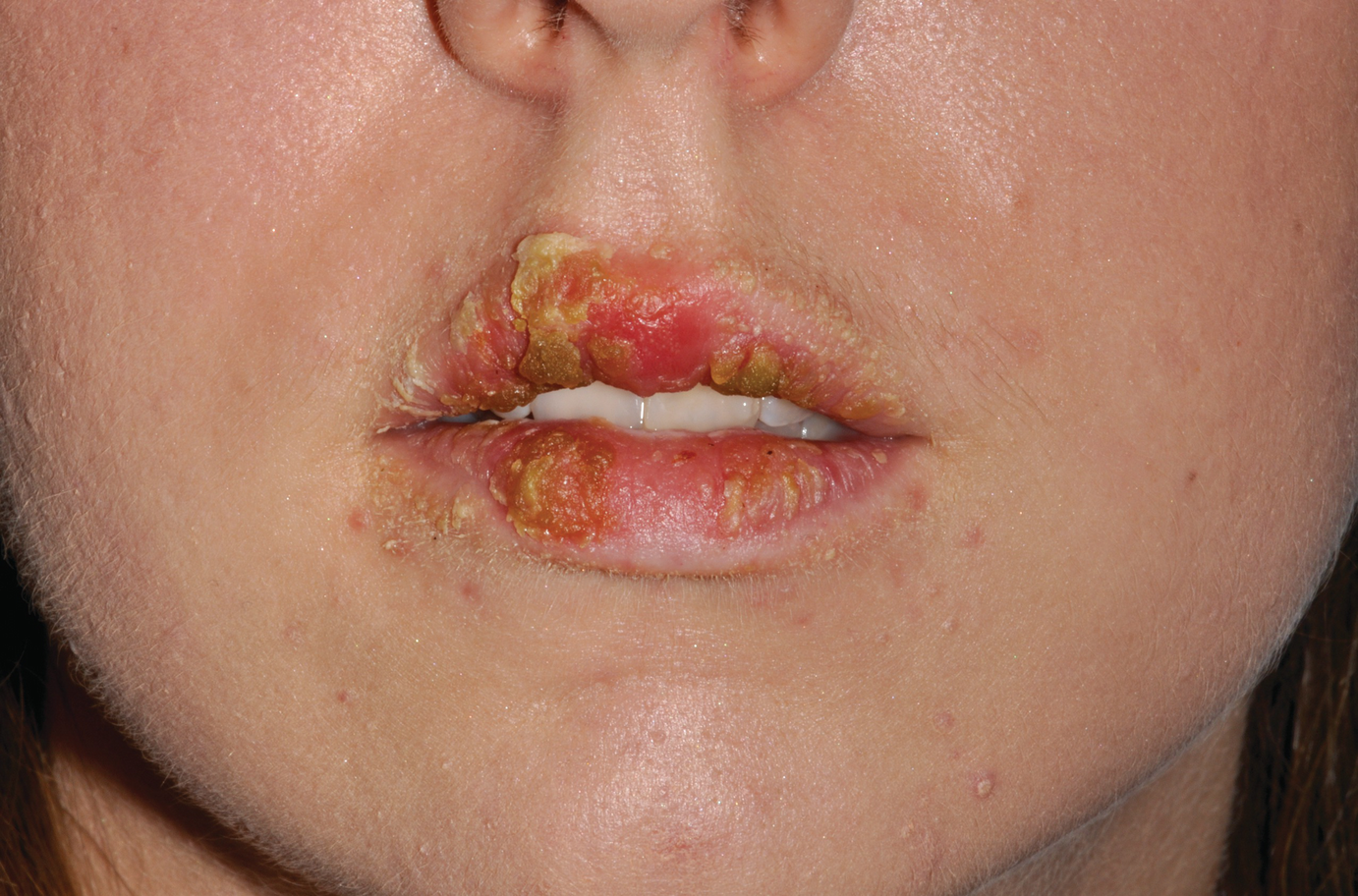
Case 2: Diagnostic Dilemma - Crusty Lips | SpringerLink

Common Causes of Recurrent Lip Rashes : Zi Zai Dermatology
Impetigo: Causes, Symptoms, Treatment & Prevention

Yellow scabs: What do they mean?
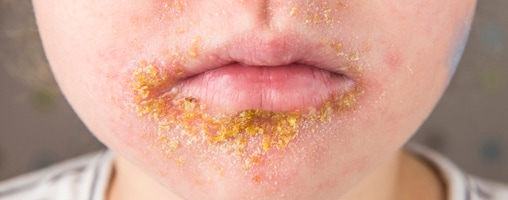
Impetigo: All You Need to Know | CDC
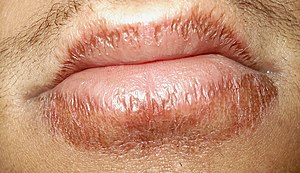
Cheilitis - Wikipedia

Woke up to my lips looking like this :( : WTF

Exfoliative Cheilitis Blog: Back to Lip Balm - Day 1-9
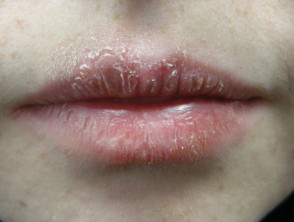
Exfoliative cheilitis | DermNet NZ

Cheilitis Glandularis of Both Lips: Successful Treatment with a Combination of an Intralesional Steroid Injection and Tacrolimus Ointment
Skin Concerns] At wit's end about my over-sensitive lips / Cold sores : SkincareAddiction

Cheilitis Glandularis of Both Lips: Successful Treatment with a Combination of an Intralesional Steroid Injection and Tacrolimus Ointment

Clinical images showing the lesion on the left side of the lower lip... | Download Scientific Diagram

How to treat windburn, dry and chapped lips in kids - Kidspot

How Do I Tell the Difference between a Cold Sore and a Pimple?
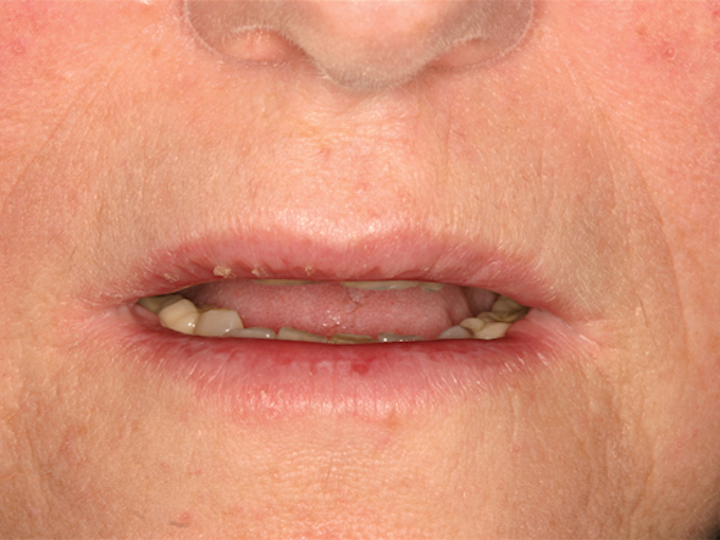
Exfoliative cheilitis and lip damage | Registered Dental Hygienist (RDH) Magazine

Yellow scabs: What do they mean?

Common Causes of Recurrent Lip Rashes : Zi Zai Dermatology

What Caused These Crusted Erythematous Plaques on the Nose and Lips? | The Dermatologist

Angular cheilitis - Wikipedia

Mom yellow lip swollen??? - July 2017 Babies | Forums | What to Expect

Weeping yellow crusty lips x5 months! Long post. Warning: Gross images! : eczema
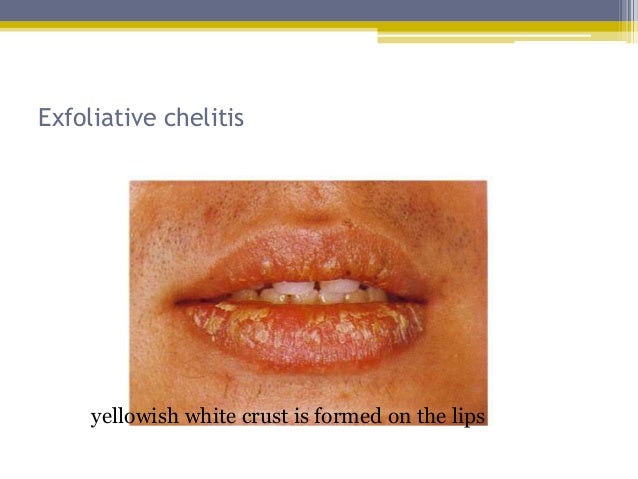
Disorders of lip
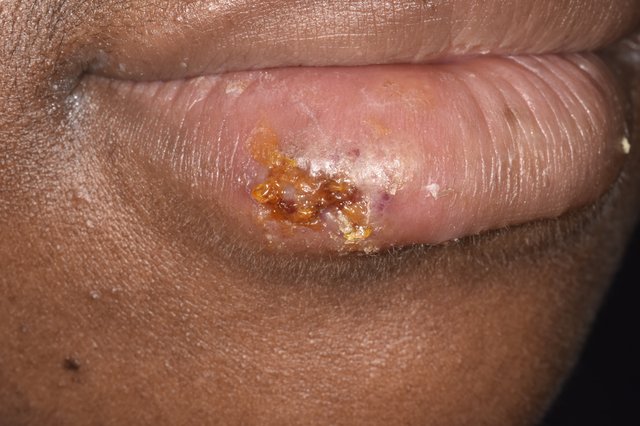
Cold sores - NHS

Bumps on Lips: Causes, Treatments, and More
/GettyImages-720071237-5c4fe2844cedfd0001ddb655.jpg)
Stomatitis: Symptoms, Causes, Diagnosis, and Treatment
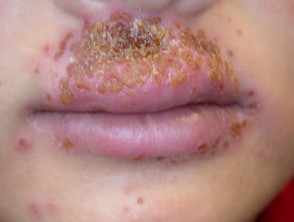
Facial rashes | DermNet NZ

Cheilitis Glandularis of Both Lips: Successful Treatment with a Combination of an Intralesional Steroid Injection and Tacrolimus Ointment

White film on lips and than yellow crusts? at Peeling Lips Exfoliative Cheilitis, with image embedded, topic 1723148

Cold Sore Stages: Identification and Treatment
Help please, what is wrong with my upper lip??? : eczema

What Your Lips Reveal About Your Health | The Crusader Newspaper Group

Yellow Crust Eczema (Page 1) - Line.17QQ.com
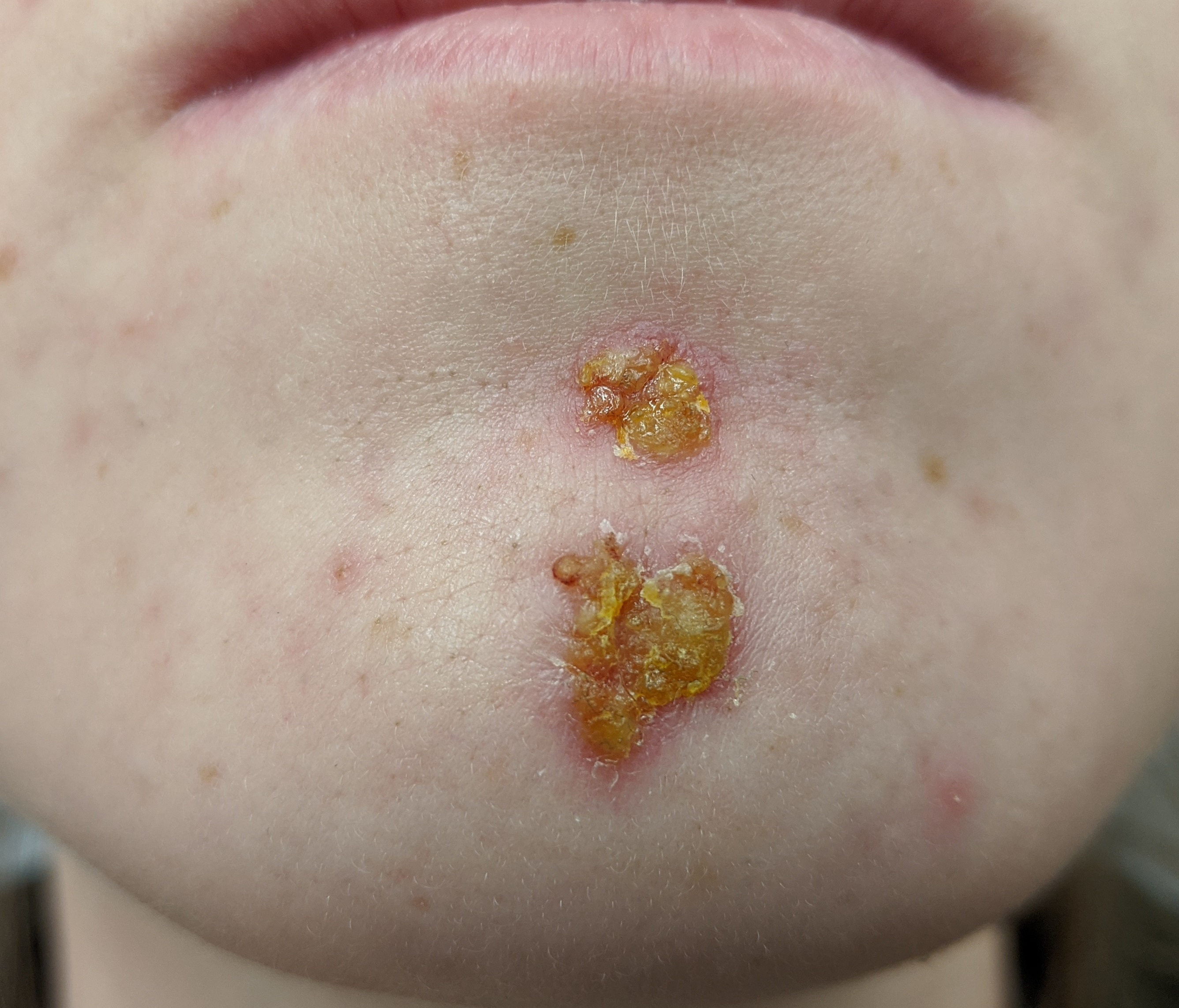
Impetigo - Wikipedia
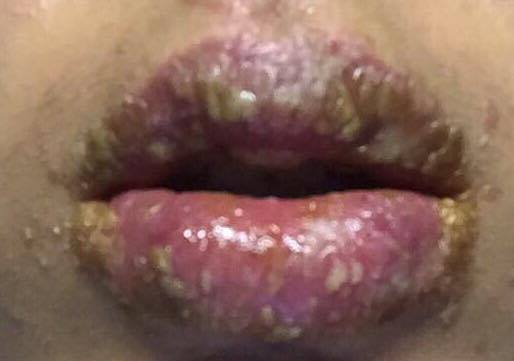
EC Healing Journey (I'm new here) at Peeling Lips Exfoliative Cheilitis, topic 2344103

Infection...What to do? - Tina Davies Professional
![e-Pharmacy Academy] - Cold Sores Definition of condition: Some blister-like lesions that usually occur on the edge of the lips. Cause: Caused by the herpes simplex virus (HSV). Cold sores are mostly e-Pharmacy Academy] - Cold Sores Definition of condition: Some blister-like lesions that usually occur on the edge of the lips. Cause: Caused by the herpes simplex virus (HSV). Cold sores are mostly](https://lookaside.fbsbx.com/lookaside/crawler/media/?media_id=700865483281777)
e-Pharmacy Academy] - Cold Sores Definition of condition: Some blister-like lesions that usually occur on the edge of the lips. Cause: Caused by the herpes simplex virus (HSV). Cold sores are mostly

Thrush in babies | BabyCenter
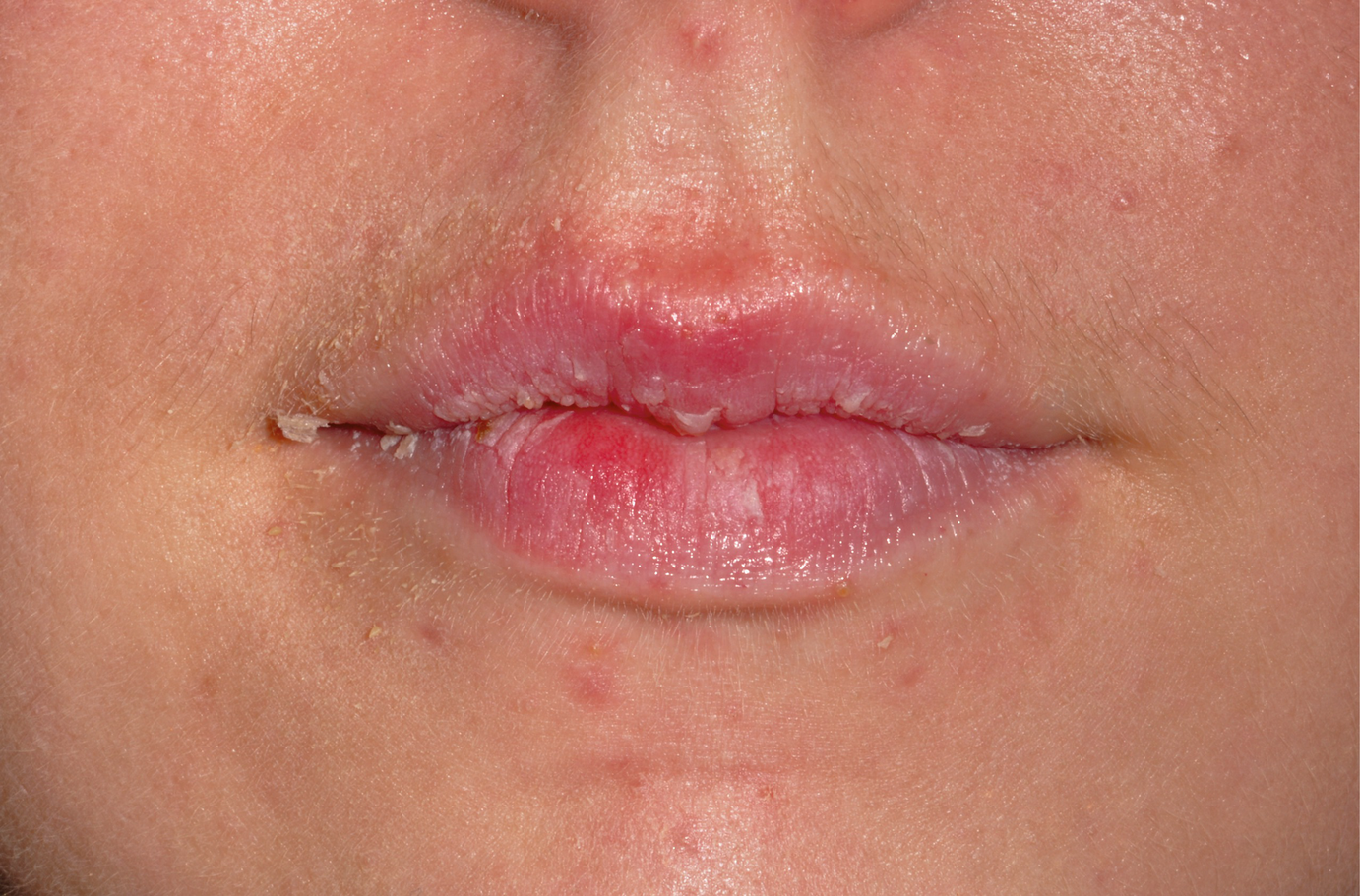
Case 2: Diagnostic Dilemma - Crusty Lips | SpringerLink
Posting Komentar untuk "yellow crust on lips"